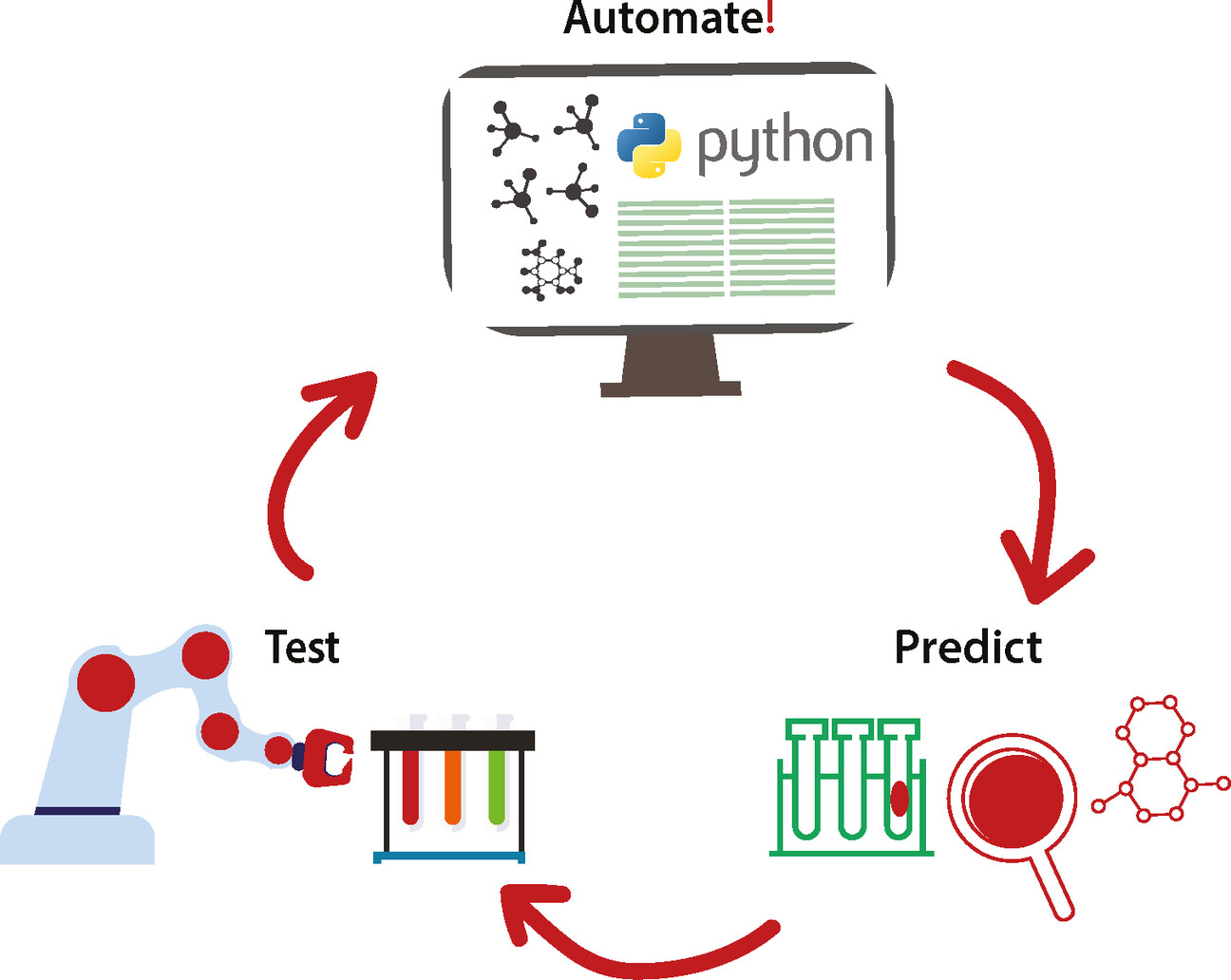Paving the road towards automated homogeneous catalyst design
In this paper, we discuss the history of using computational tools for designing transition-metal based homogeneous catalysts, current strategies and what challenges we see. A lot is said about the power of machine learning nowadays, but you can only do machine learning if you can also generate data reliably, reproducibly and at large scale. This is still a problem for this class of catalysts. We discuss the open-source Open Bidentate Ligand eXplorer (OBeLiX) Python package that we are developing for this purpose.
Adarsh V. Kalikadien, Adrian Mirza, Aydin Najl Hossaini, Dr. Avadakkam Sreenithya, Prof. Dr. Evgeny A. Pidko
Abstract
In the past decade, computational tools have become integral to catalyst design. They continue to offer significant support to experimental organic synthesis and catalysis researchers aiming for optimal reaction outcomes. More recently, data-driven approaches utilizing machine learning have garnered considerable attention for their expansive capabilities. This Perspective provides an overview of diverse initiatives in the realm of computational catalyst design and introduces our automated tools tailored for high-throughput in silico exploration of the chemical space. While valuable insights are gained through methods for high-throughput in silico exploration and analysis of chemical space, their degree of automation and modularity are key. We argue that the integration of data-driven, automated and modular workflows is key to enhancing homogeneous catalyst design on an unprecedented scale, contributing to the advancement of catalysis research.

